Bombus distinguendus (great yellow bumblebee)
The great yellow bumblebee, Bombus distinguendus, is one of our most striking species. It has shown a very dramatic decline in Britain, highlighting the plight of bumblebees and making it a flagship species for bumblebee conservation.
Bees are extremely important for pollinating commercial crops and they account for 85% of the value of all insect pollinated crop plants in Europe.
Species detail
The great yellow bumblebee is a large and distinctive looking species. It is declining in geographical range within Britain and is now restricted to just the very northern edge of the country. It is also declining in northern Europe, but is still recorded widely in northern Asia, where it is found as far east as Attu Island in the Pacific.
-

Taxonomy
Find out about the taxonomy of the great yellow bumblebee, what makes it stand out from other bee species, and the key features of the males and females.
-

Distribution and ecology
Read about the distribution of the great yellow bumblebee and view distribution maps for the UK and the world.
-

Biology
Learn about the biology of the great yellow bumblebee, including lifecycle and life expectancy information.
-

Behaviour
Discover more about this bee's behaviour, including the types of flowers that it likes to collect pollen from.
-

Conservation
Explore the conservation of the great yellow bumblebee, learn about the threats it faces and view trends in the distribution range within Britain.
-

References
See a list of reference material.
Global distribution
Bombus distinguendus
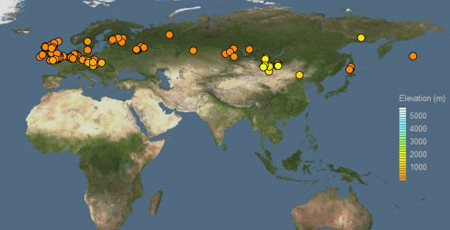
A map showing the global distribution of Bombus distinguendus.
Images

Bombus distinguendus, the great yellow bumblebee
© D. Goulson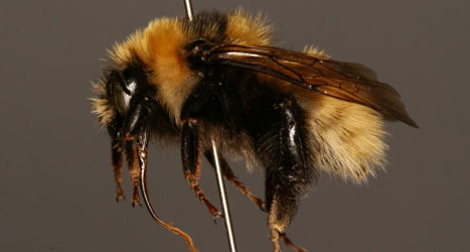
A female specimen of Bombus distinguendus
© P Williams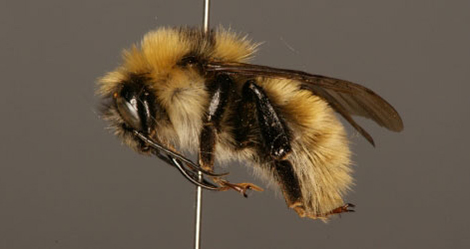
A male specimen of Bombus distinguendus
© P Williams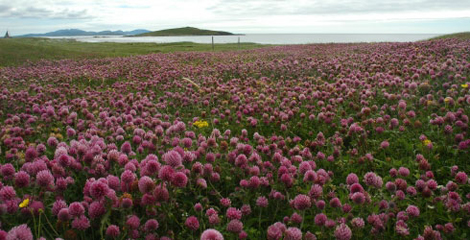
The principal remaining strongholds for Bombus distinguendus are in the Scottish machair grassland
© D Goulson
Habitat of the great yellow bumblebee, Bombus distinguendus, in the semi-arid areas of Inner Mongolia
© P Williams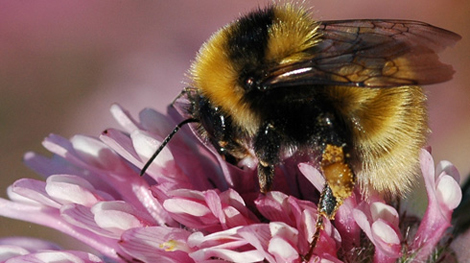
Bombus distinguendus feeding on clover
© D GoulsonAbout the author
What can you do?
Encourage bumblebees to nest in your garden by leaving an untidy, undisturbed corner.
Bumblebees need a range of different flowers for nectar and pollen, such as native wildflowers like knapweed and clovers, and flowering herbs such as sage and chives.
Avoid highly cultivated or double flower varieties as they produce little pollen or nectar.


